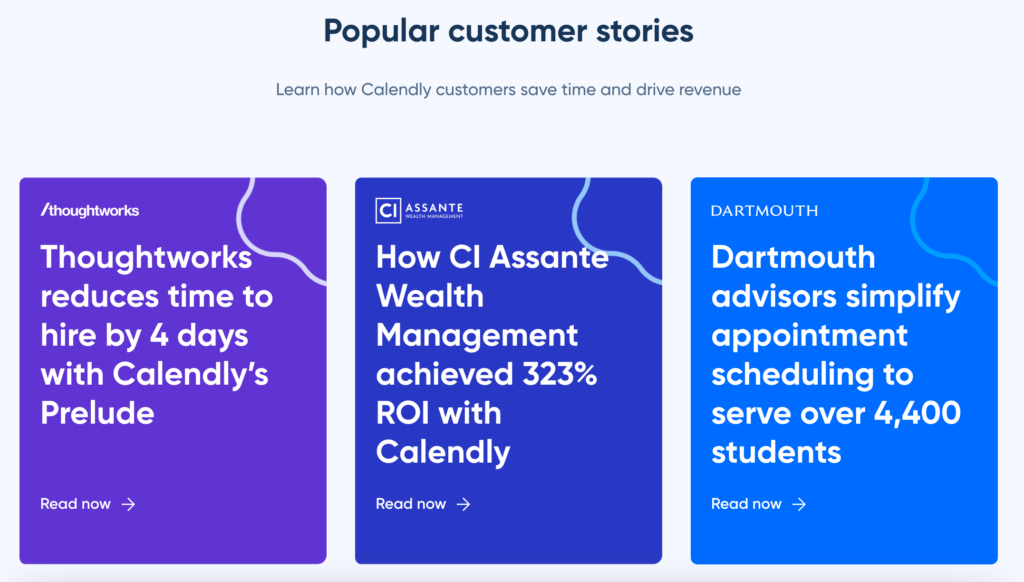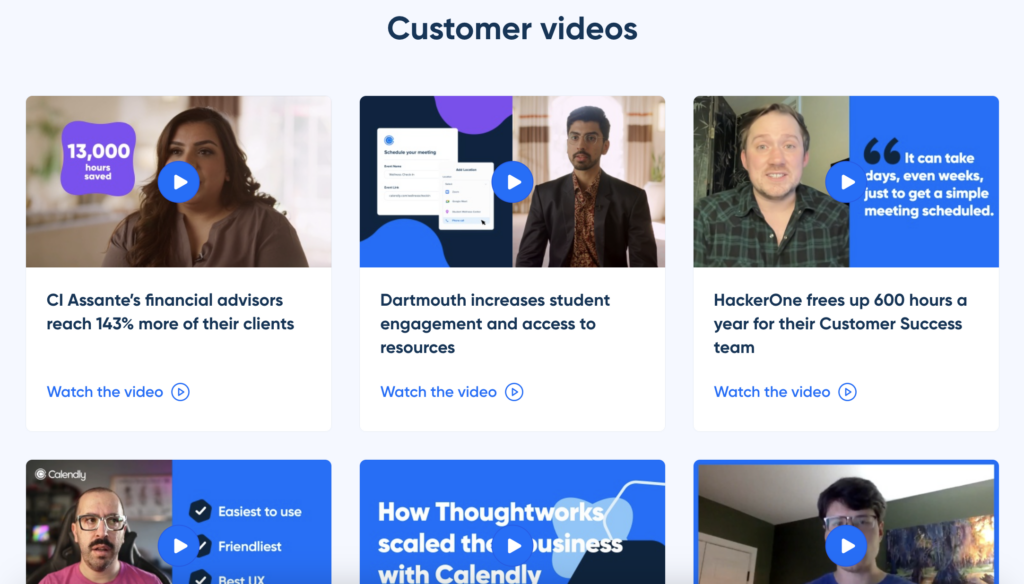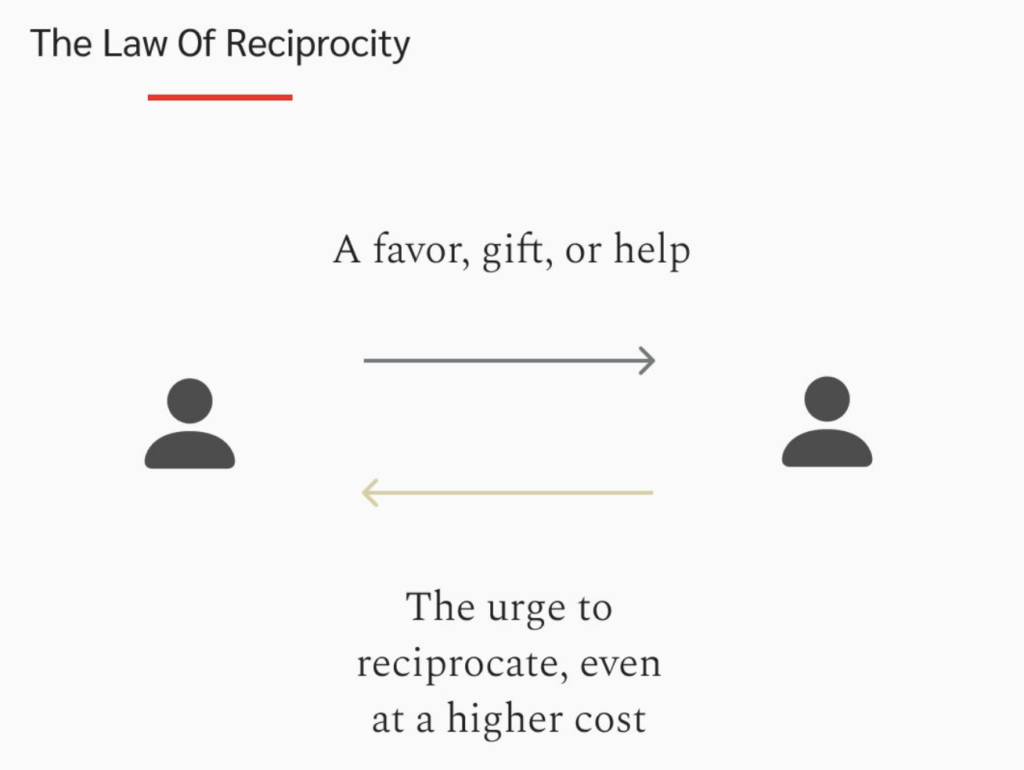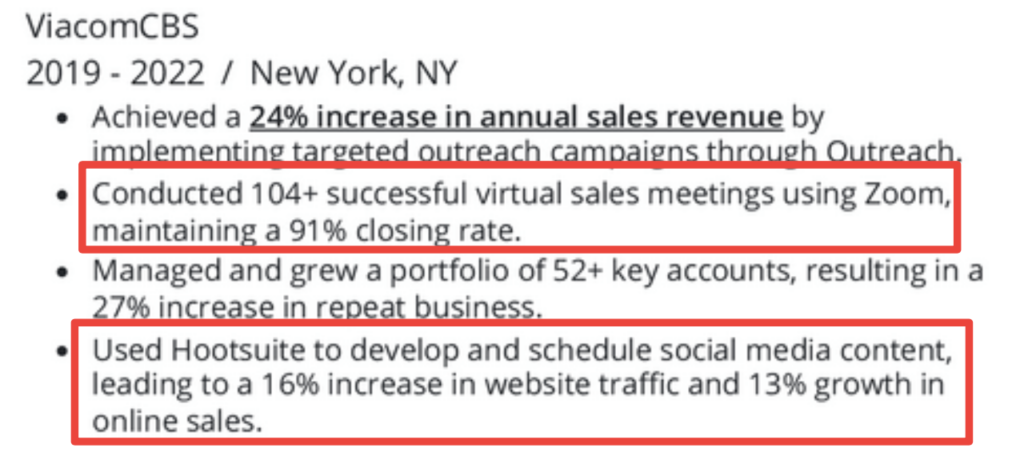When you break it all down, selling is simply explaining how your product solves a problem and persuading a lead to buy. Of course, there’s a lot that goes into that, but if your salespeople know how to effectively persuade leads, their jobs become much easier. And that’s what I’m going to tackle in this post — training sales teams on the science of persuasion.
Below are the best of the best strategies using proven psychology to win over more customers.
Seek to Form a Genuine Connection First
There’s a Harvard Business Review article that’s nearly 14 years old but offers timeless advice about the importance of salesperson-lead connections.
“The most product-knowledgeable salesperson is not necessarily the most persuasive one because it takes more than logic and reason to change buyers’ opinions. A personal connection must be forged.”
I think this hits the nail right on the head. A critical precursor to anything else is first establishing a solid connection. Otherwise, it’s going to be an uphill battle the rest of the way. If, however, legitimate rapport is made from the start, the rest will often fall into place.
It’s not rocket science. If the human element comes into play, it:
- Makes leads open up to explain their needs and pain points so a rep can properly address them
- Makes leads more open to a rep’s input
- Lowers a lead’s resistance
So while salespeople obviously need to be knowledgeable, I can’t stress enough the importance of connection-building, and it should receive top priority in the psychology of persuasion.
Leverage Reciprocity
One of the leaders in exploring psychology within the context of sales and marketing is Robert Cialdini, who in 1984 published a book called Influence: The Psychology of Persuasion. One of Cialdini’s main principles in the book is reciprocity, meaning if you give a lead something unexpected, they will often feel inclined (consciously or unconsciously) to return the favor.
While the entirety behind this concept would take a long time to fully unpack, the gist is that there’s a natural tendency with human nature to repay someone. Otherwise, it creates what’s called an unequal exchange.
Say, for instance, when a salesperson reaches out to an early-stage lead, they provide them with free research report data and don’t ask for anything in return. This action would plant a seed and set the stage for reciprocity where the lead would likely feel compelled to return the favor.
While this doesn’t necessarily mean the favor will be buying, reciprocity taps into powerful human psychology that can be extremely potent for influencing buyers. Therefore, it’s something I strongly recommend training sales teams on.
Deepen Trust with Social Proof
“The principle of social proof states that people will look to the behaviors and actions of others to determine their own, especially when they are certain,” writes technology thought leader Rahul Vashneya. “This is extremely applicable to the buyer journey of your customers since at that particular stage, they’re looking out for social proof by all means to back up the decision they’re about to make.”
Say, for instance, a lead has moved through the awareness stage and is now in the consideration stage where they’re seriously thinking of buying your product.

This would be the perfect time for your rep to provide social proof and confirm that buying your product would, in fact, be a smart decision.
Here’s an example of how scheduling app Calendly uses social proof to win over more leads. First, they have concrete data that tangibly illustrates how effective using their app is.

Second, they reference leading organizations that use and love Calendly.

Third, they have multiple customer stories…

…as well as videos that give firsthand accounts of real customers using Calendly and how it’s been beneficial.

All a salesperson has to do is choose a relevant customer story to share with a lead in the consideration stage to reinforce Calendly’s value and help connect the dots of how it can help their company. As long as it’s the right social proof at the right time, this can have a profound impact, often raising the conversion rate substantially.
To quantify, one study found that social proof increased conversions by 15%.
Create a Sense of Urgency to Encourage Leads to Take Action
Let’s say that a rep has successfully moved a lead through the majority of the sales funnel. They’ve answered their core questions, addressed pain points, handled objections, and so on.
They’re now at the point where they can realistically close the deal. But how can they significantly increase the chances of a lead converting rather than taking more time to “think about it?”
One of the most effective strategies is creating a sense of urgency to motivate leads to go ahead and pull the trigger instead of mulling it over. A simple example would be offering a limited-time discount where a lead can save money by purchasing right away. However, you can use pretty much anything that provides added value and incentive.
Do this effectively, and you can leverage the powerful psychological concept of urgency that gets a greater number of leads to take action.
Just note that you don’t want to go overboard with it to the point that your reps become too pushy. When this happens, it may sour leads and do more harm than good. Creating a sense of urgency is a bit of an art, but when done right can have a huge impact.
Training Sales Teams with Proven Psychology
Regardless of what you’re selling or what industry you’re in, the same concepts of sales persuasion apply across the board. Properly training sales teams on techniques like connection-building, reciprocity, social proof, and sense of urgency should ensure they check all the right boxes as they attempt to move leads through the sales funnel.
That way, they can create a better customer experience end-to-end and should be able to ultimately close more deals.
Speaking of sales teams, if you’re looking to assemble a team of elite professionals, check out The OMG Sales Assessment. 92% of candidates recommended by this assessment go on to reach the top half of their sales force.




